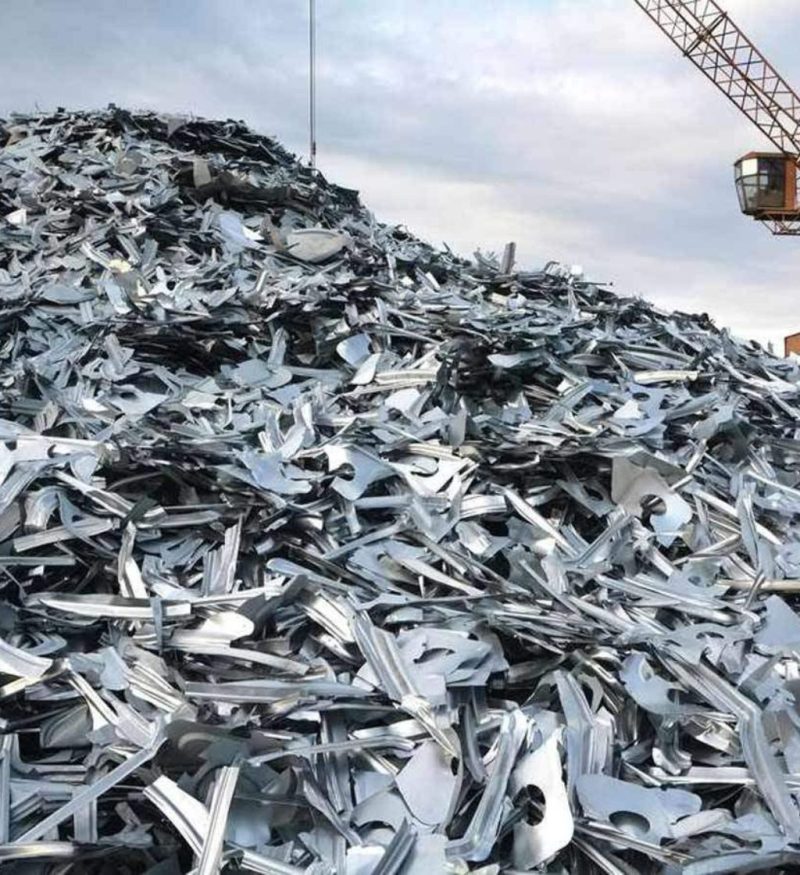Related Products
Description
- Types of Metal Scrap: Metal scrap can be categorized into two main groups:
a. Ferrous Scrap: Ferrous scrap consists of iron and iron-based alloys, such as steel. Common examples include scrap from automobiles, appliances, construction materials, and industrial machinery.
b. Non-Ferrous Scrap: Non-ferrous scrap includes metals other than iron, such as aluminum, copper, brass, lead, zinc, nickel, and stainless steel. Non-ferrous scrap is often found in electrical wiring, plumbing fixtures, electronic components, automotive parts, and packaging materials.
- Recycling Process: Metal scrap undergoes a recycling process to recover the valuable metal content. The recycling process typically involves the following steps:
a. Collection and Sorting: Metal scrap is collected and sorted based on its type and composition. It may go through manual sorting or automated sorting techniques.
b. Shredding or Shearing: The collected scrap may be shredded into smaller pieces or sheared into manageable sizes to facilitate further processing.
c. Melting and Purification: The scrap is melted in a furnace to separate impurities and contaminants. Depending on the metal type and desired purity, purification processes may be employed to remove any remaining impurities.
d. Casting or Remelting: The purified metal is cast into ingots, billets, or other forms for use as raw material in various industries. Alternatively, it may be remelted and processed directly into new products.























Reviews
There are no reviews yet.